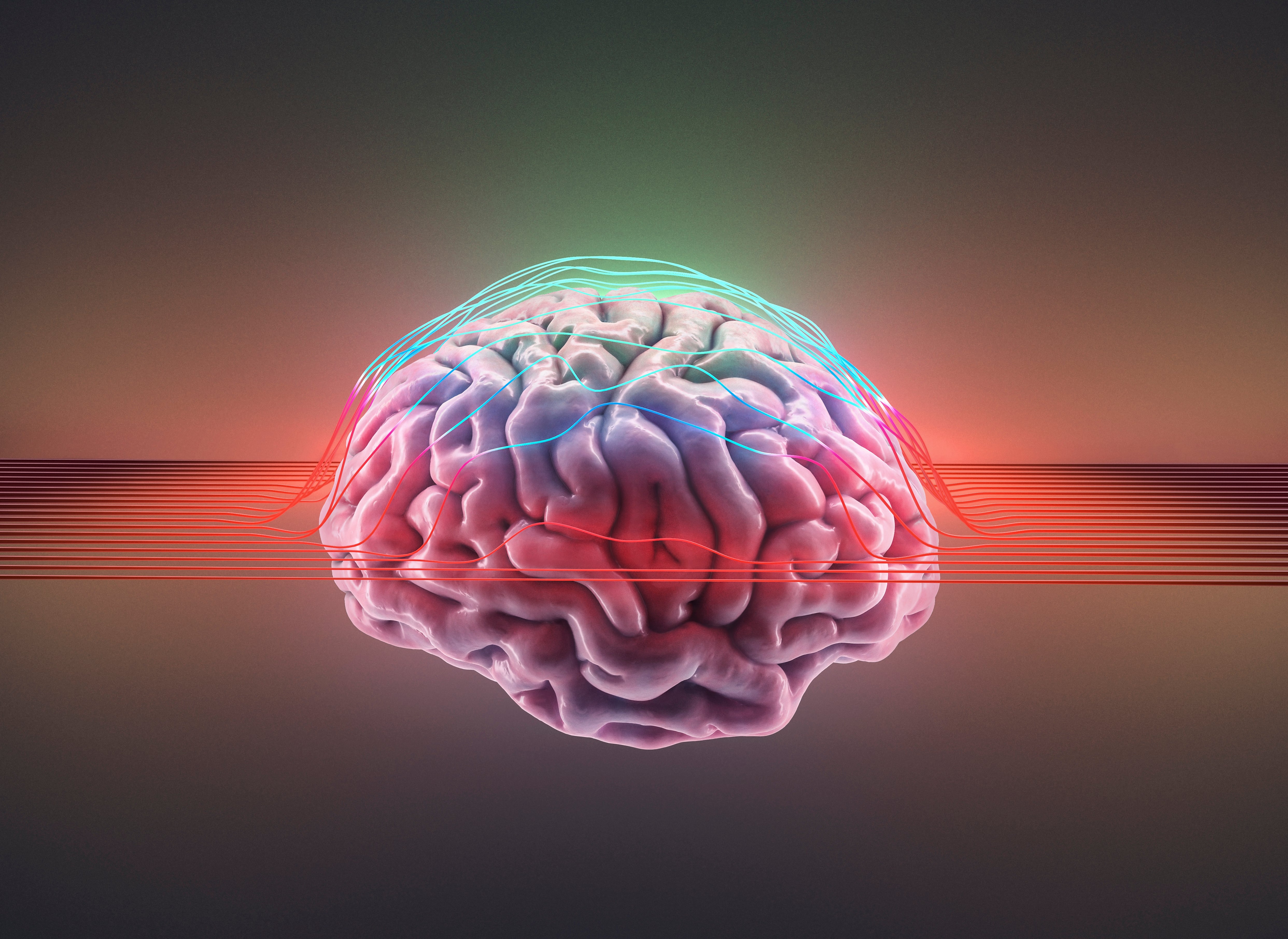
Can the human brain ever really understand itself? The problem of gaining a deep knowledge of the subjective depths of the conscious mind is such a hard problem that it has in fact been named the hard problem.
The human brain is impressively powerful. Its 100 billion neurons are connected by 100 trillion wirelike fibers, all squeezed into three pounds of squishy flesh lodged below a helmet of skull. Yet we still don’t know whether this organ will ever be able to muster the requisite smarts to hack the physical processes that underlie the ineffable “quality of deep blue” or “the sensation of middle C,” as philosopher David Chalmers put it when giving examples of the “hard problem” of consciousness, a term he invented, in a 1995 paper.
This past year did not uncover a solution to the hard problem, and one may not be forthcoming for decades, if ever. But 2022 did witness plenty of surprises and solutions to understanding the brain that do not require a complete explanation of consciousness. Such incrementalism could be seen in mid-November, when a crowd of more than 24,000 attendees of the annual Society for Neuroscience meeting gathered in San Diego, Calif. The event was a tribute of sorts to reductionism—the breaking down of hard problems into simpler knowable entities. At the event, there were reports of an animal study of a brain circuit that encodes social trauma and a brain-computer interface that lets a severely paralyzed person mentally spell out letters to form words.
Brain discoveries abounded in 2022—and will certainly continue in 2023. Here’s a look at a few prime pickings from what we published at Scientific American this year.
Your Brain Has a Thumbs-Up–Thumbs-Down Switch
When neuroscientist Kay Tye was pursuing her Ph.D., she was told a chapter on emotion was inappropriate for her thesis. Emotion just wasn’t accepted as an integral, intrinsic part of behavioral neuroscience, her field of study. That didn’t make any sense to Tye. She decided to go her own way to become a leading researcher on feelings. This year Tye co-authored a Nature paper that reported on a kind of molecular switch in rodents that flags an experience as either good or bad. If human brains operate the same way as the brains of the mice in her lab, a malfunctioning thumbs-up–thumbs-down switch might explain some cases of depression, anxiety and addiction.
Facial Expressions Do Not Convey What You’ve Been Taught about Someone’s Emotional Demeanor
Charles Darwin proposed that facial expressions are universal: a smile conveys happiness; a frown indicates sadness. He was wrong, suggests research published in recent years. Investigators found that innate expressions grounded in biology do not exist—and instead are highly variable. Neuroscientist Lisa Feldman Barrett warned in an essay that a recognition of Darwin’s fallacy has implications for AI facial recognition systems intended to detect emotions.
Your Kid May Be a Dandelion and an Orchid—And even a Tulip
Pigeonholing a child as either sensitive or resilient is probably a mistake. That child is not necessarily just an “orchid”—overly sensitive to adverse experiences—or a “dandelion”—relatively immune to such events. Newly arrived in the mix are “tulips,” children who experience modest effects from what’s happening around them. But even this floral triad might not suffice. Many kids are psychological mixes, mosaics, studies showed this past year. They display sensitivity to some but not all influences around them, depending on a particular situation.
If You See Something, It May Help You to Say Something
In a marriage of neuroscience and pedagogy, researchers tried to assess what a curriculum that emphasized the learning of spatial skills would do for kids. One example: an assignment that involved creating a map to track bears in the Blue Ridge Mountains. Kids at five Virginia high schools took courses, and their performance was matched against another group that received lessons without the spatial-learning component. The results of the research, published in August, showed that students in the spatial learning group improved not only spatial skills but also verbal abilities—figuring out a problem using words.
